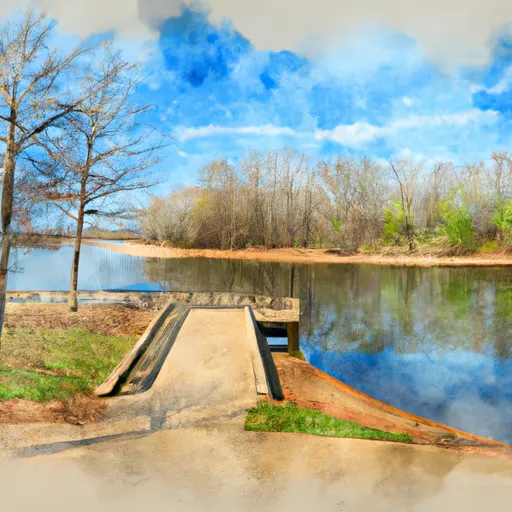°F
°F
mph
Windspeed
%
Humidity











Union Springs is a charming town located in Bullock County, Alabama. It experiences a humid subtropical climate, characterized by hot summers and mild winters. Summers are typically hot and humid, with temperatures averaging around 90°F. Winters are mild, with temperatures ranging between 40-60°F.
The town is situated near the Conecuh and Tallapoosa River basins, making it rich in hydrology constituents. These rivers provide ample opportunities for outdoor activities such as fishing, boating, and kayaking. Nature enthusiasts can explore the diverse wildlife and vegetation along the riverbanks, creating an ideal environment for birdwatching and photography.
Union Springs also boasts several parks and recreational areas, including the 700-acre Blue Springs State Park. Here, visitors can enjoy swimming in the crystal-clear spring water, picnicking under shady trees, or hiking along the nature trails. The park also offers camping facilities for those wanting to immerse themselves in the outdoors overnight.
In conclusion, Union Springs, Alabama, offers a delightful climate with hot summers and mild winters. The presence of the Conecuh and Tallapoosa rivers provides opportunities for various water activities, while the Blue Springs State Park offers outdoor enthusiasts a chance to enjoy swimming, hiking, and camping in a picturesque setting.
Weather Forecast
Union-Springs receives approximately 1351mm of rain per year, with humidity levels near 86% and air temperatures averaging around 18°C. Union-Springs has a plant hardyness factor of 8, meaning plants and agriculture in this region tend to thrive here all year round.
Regional Streamflow Levels
1,470
Cubic Feet Per Second
213
Cubic Feet Per Second
136
Cubic Feet Per Second
1,070
Cubic Feet Per Second
Nearby Camping
| Camping Area | Reservations | Toilets | Showers |
|---|---|---|---|
| Engineer Beach RV Military - Fort Rucker | |||
| Turnipseed Hunter Camp | |||
| Blue Springs State Park | |||
| Pine Log State Forest | |||
| Lake Martin Military | |||
| Wind Creek State Park |



